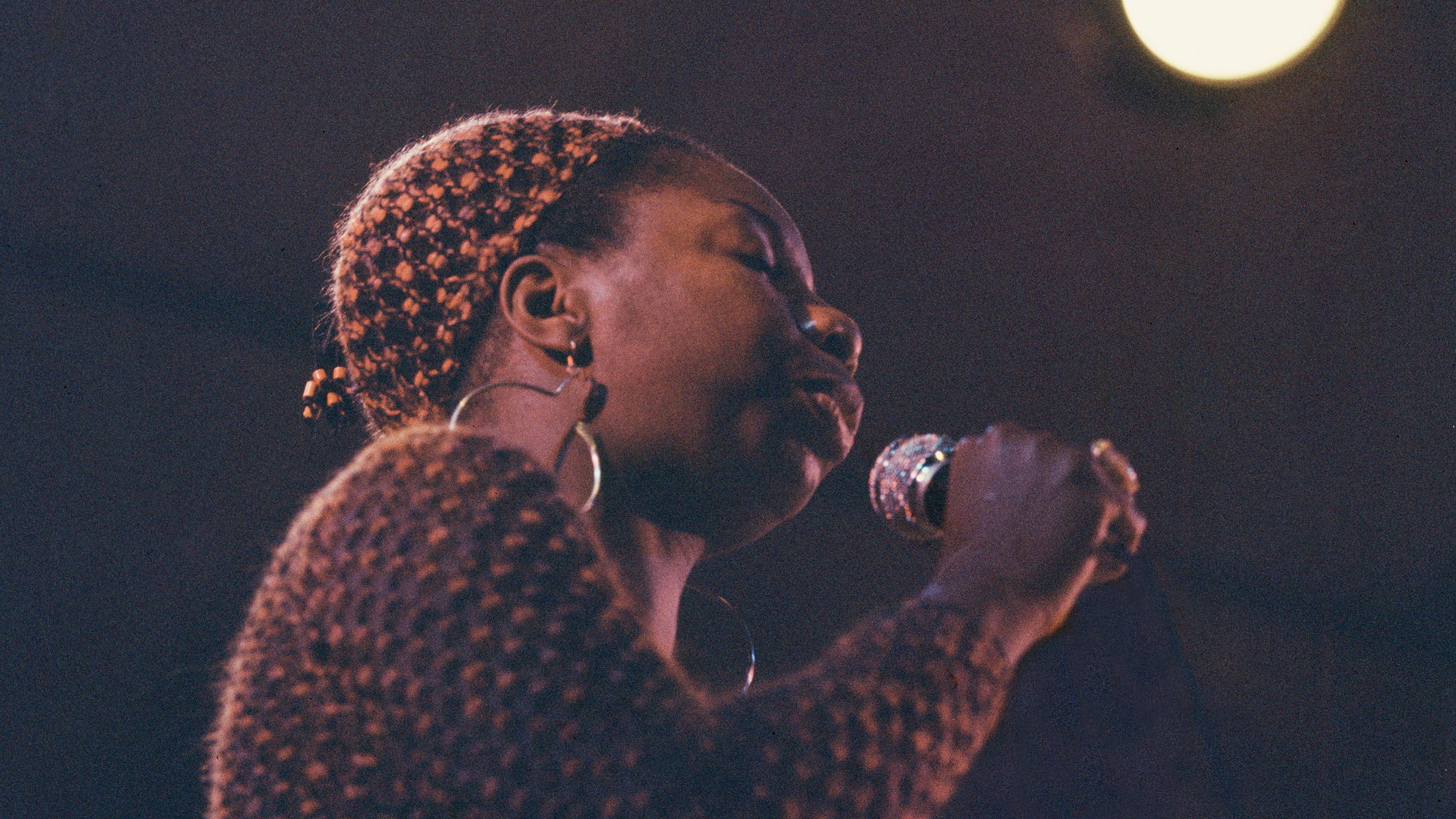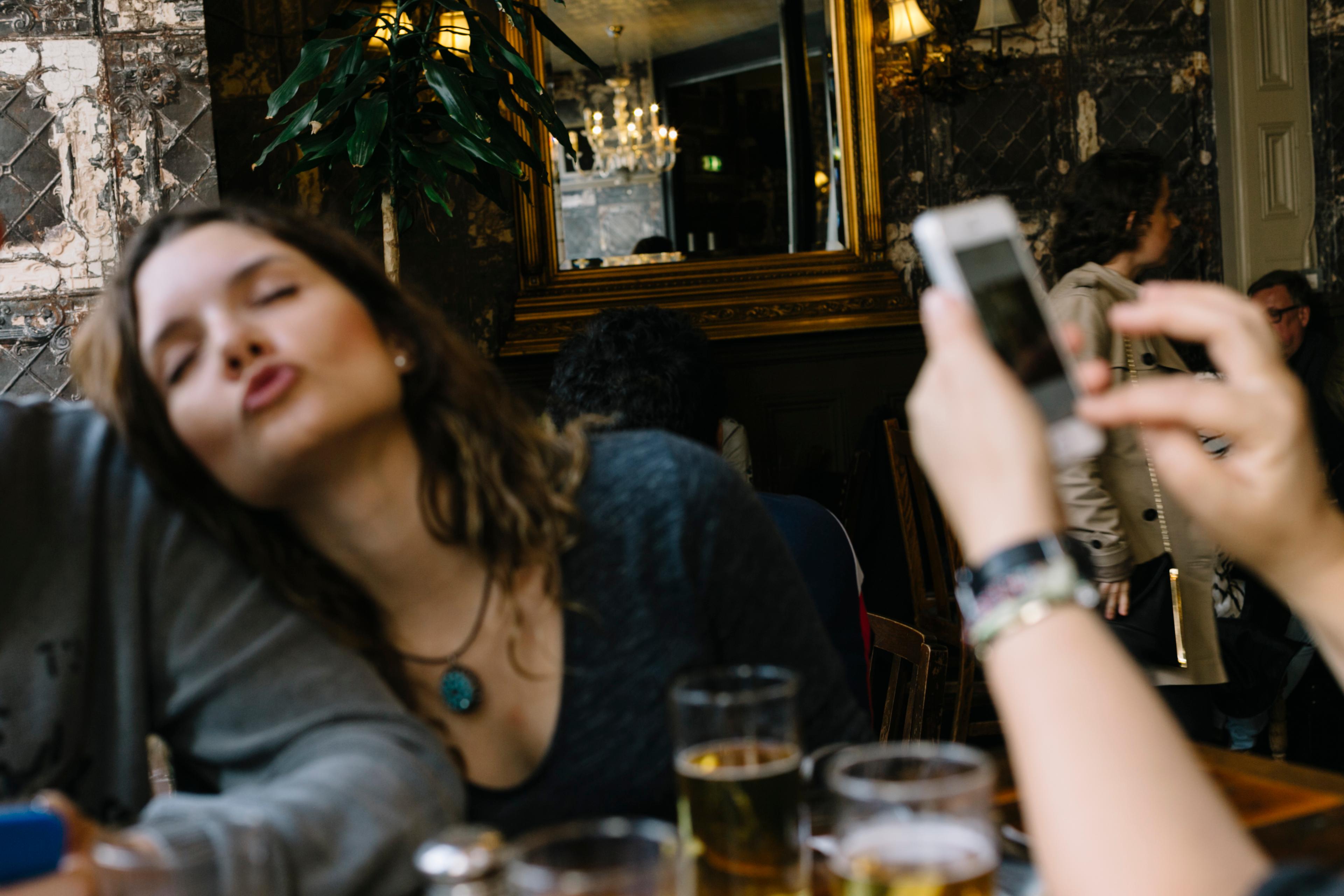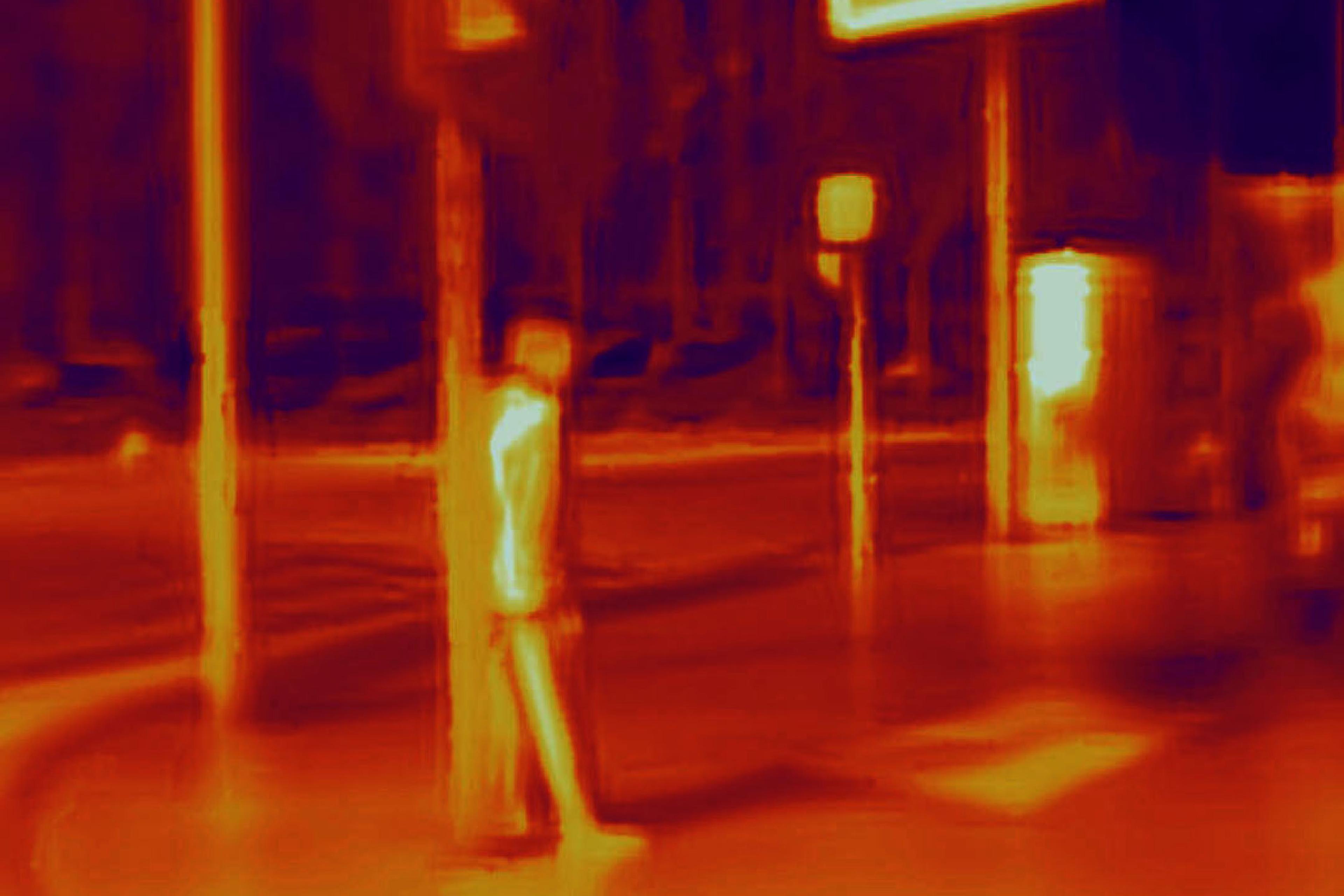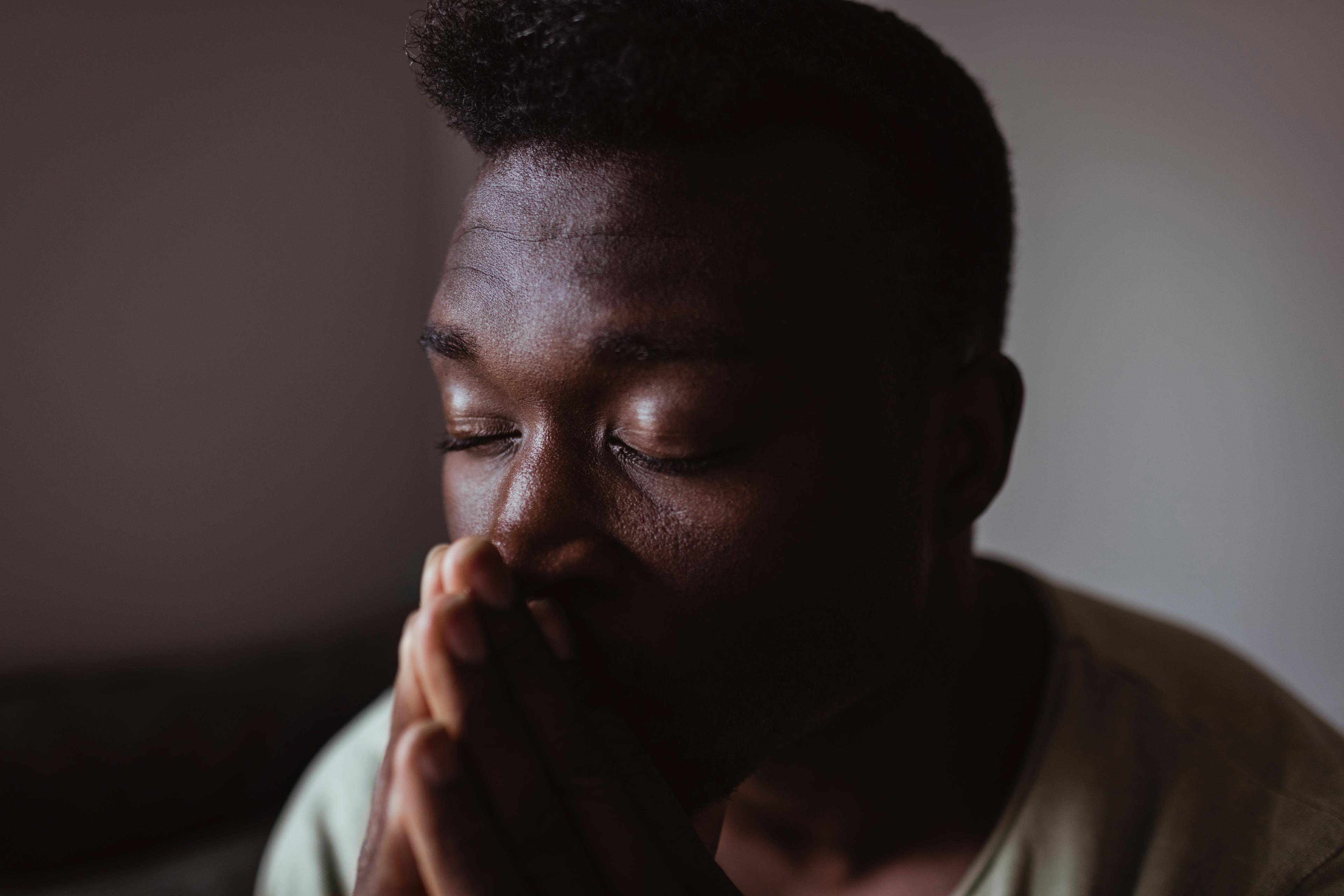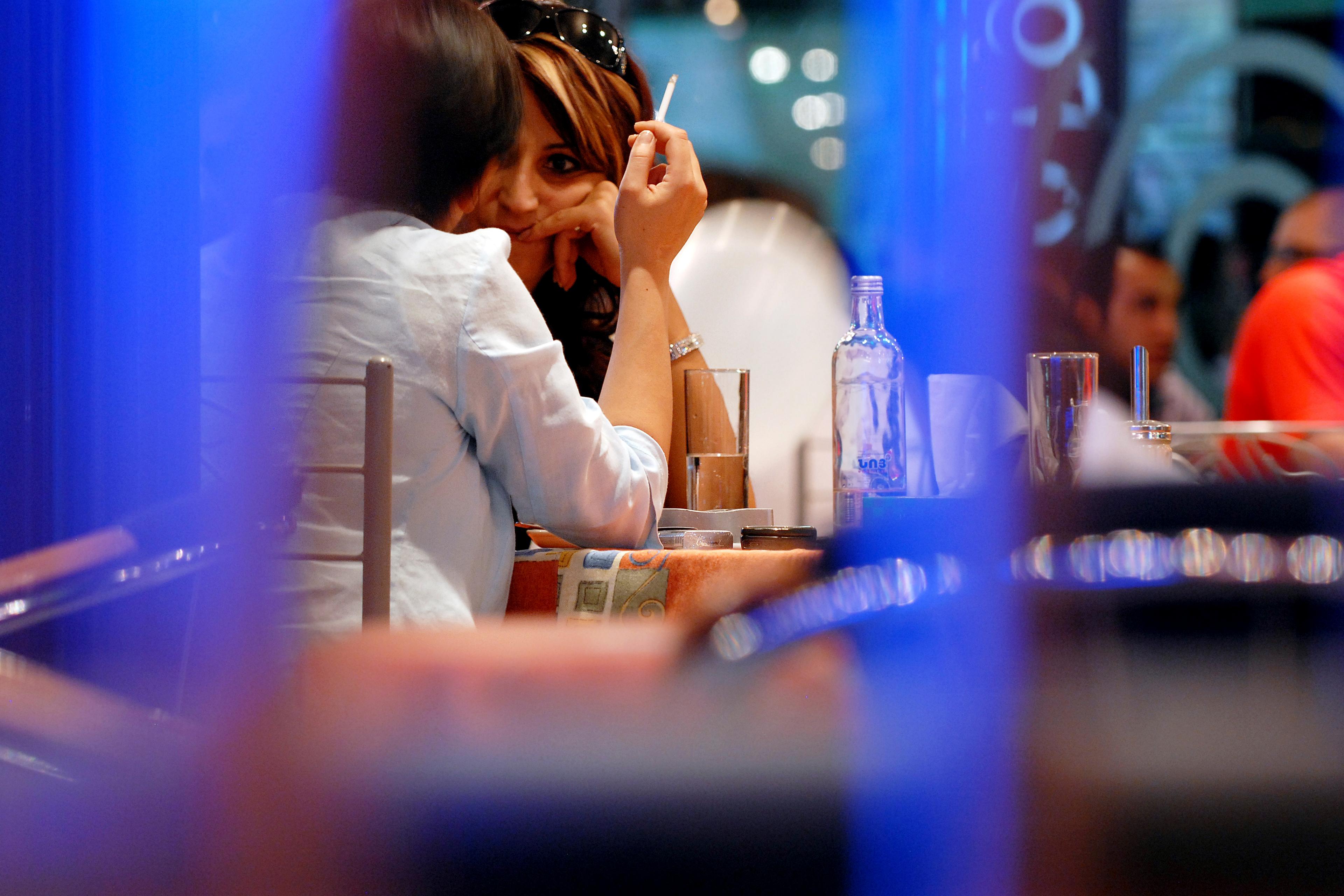In a Thai television commercial from 2013, a young boy is caught stealing medicine for his sick mother. A local soup vendor intervenes to pay, and gives the boy a free serving of veggie soup. Years later, when the soup vendor falls ill and his daughter receives a large medical bill, she discovers that the doctor treating him has waived the fees: it’s the boy all grown up, repaying her father’s kindness. In the online comments on the video, people describe how the story elicited strong feelings. One wrote: ‘Chills anyone?’
In fact, this video is known to be especially chill-inducing: it’s one of the 10 entries in ChillsDB, a database of content that reliably sends shivers down people’s spines or gives them goosebumps. Also known as frissons, skin orgasms or aesthetic chills, they trigger a sensation that’s physically similar to when we’re physically cold, but they happen in response to encountering a striking piece of music, film, art or speech.
Generally speaking, when people experience these kinds of aesthetic chills, it is subjectively pleasant, blissful even. What if they could be triggered deliberately, for instance for therapeutic purposes? That’s what Félix Schoeller from the Institute for Advanced Consciousness Studies and his colleagues looked into for their recent study in BMC Psychiatry.
Much of the past research on aesthetic chills focused on chills caused by music. But Schoeller used to work in the film industry, and he knew very well that movies and video could bring on the chills too. With his collaborators, he created the chills database in 2023. It contains 204 chill-inducing videos from YouTube and Reddit, collected by an algorithm that sorted through thousands of comments looking for people saying that they felt the chills or related physical sensations, such as shivers and goosebumps.
Chills also seemed to help people with symptoms of depression think less negatively about themselves
For their new study, the team showed two of the most reliably chill-inducing videos to 96 people diagnosed with major depressive disorder: the Thai commercial or a video compilation of motivational speeches by people such as Les Brown, Eric Thomas and Will Smith, paired with inspirational music.
Overall, 50 of the participants said they experienced the chills (31 of them after watching the Thai video; 19 after watching the speeches medley). These participants who had the chills also scored higher on the Emotional Breakthrough Inventory (EBI) that they completed afterwards – a scale that asks questions about a person’s ability to explore challenging emotions, or experience ‘emotional release’ and ‘resolution of conflict’. In other studies, the EBI has been used to assess how people feel after taking psychedelic drugs, such as psilocybin, and higher scores have been associated with increases in wellbeing.
The chills also seemed to help people with symptoms of depression think less negatively about themselves. After watching the motivational speeches that focused on the topic of personal failure, participants who experienced chills went on to agree more strongly with questionnaire items such as ‘I’m worthy of love, attention and respect from others’ and ‘I usually trust that other people will treat me fairly’ as compared with the participants who didn’t have the chills.
By the end of the study, the people who felt chills had both stronger emotional reactions to the videos, and ended up with higher levels of self-acceptance, and less shame, compared with the people who didn’t feel chills. ‘Chills seem to be an important part of the story,’ Schoeller says.
Of course, the study also highlights one limitation of using chills therapeutically – many of the participants did not experience them. This fits with prior research; although chills appear to be universally felt in all cultures, not everyone feels the chills as frequently, or in response to the same content. ‘Everybody gets chills, but not everybody gets chills from the same content, or in the same condition, or the same moment,’ Schoeller says. To use chills as a therapeutic intervention, ideally a person would be matched to the music or art that brings on the chills for them.
Schoeller doesn’t think chills would ever replace other treatments, and it’s unknown how long these effects might last, or how deep an impact they could make on people with severe depression. But he sees chills as a tool therapists could reach for in the future as a motivational device. This might look like showing people videos or having them listen to music in sessions, or at home on their own. It could help people ‘find energy to do things and get up in the morning,’ Schoeller says. And compared with inducing emotional breakthroughs through substances such as psilocybin, giving someone the chills is affordable, and basically risk free.
When the song ended, I felt a wave of levity and awe (and tingles down my spine)
You don’t have to be depressed to enjoy the benefits of aesthetic chills, of course – it’s one of the enjoyments of listening to a piece of music or seeing a powerful film. Schoeller believes that we all feel the chills due to an innate desire to seek out knowledge and meaning; the chills are a signal we’ve come closer to achieving that goal.
I most recently felt the chills when listening to a friend’s piano concert at Carnegie Hall. In part of the performance, he reached into the piano and held on to the strings – creating a muffled and haunting sound, like the melody was trying to escape against a brute force holding it back. When the song ended, I felt a wave of levity and awe (and tingles down my spine).
The chills are a gift for anyone, but could be especially useful for people who have lost access to that feeling. ‘We have a tool to give [depressed people] a hint of what it feels like to experience pleasure again,’ Schoeller says. ‘From there, it can kick off a positive spiral toward engaging with the environment, ending social isolation, and being able to find pleasure and hope again.’
